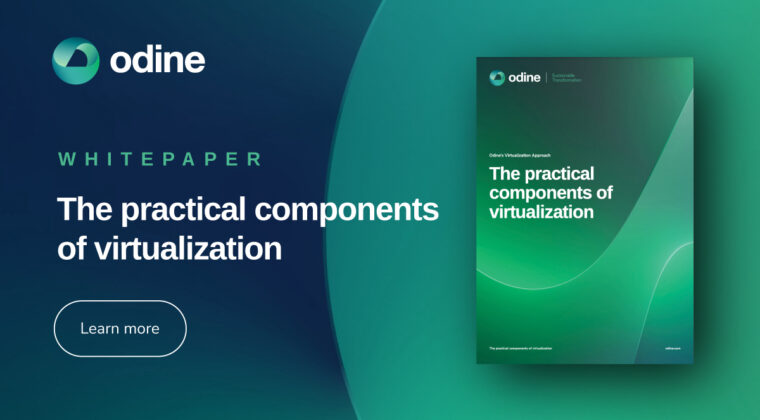It is some years since we last wrote about virtualization and its impact on the wholesale telecoms industry. So, the start of a New Year is the perfect time to take stock and refresh our thinking on this important topic: The power of voice virtualization today and tomorrow.
Nowadays everything is evolving at lightning speed and so is virtualization: So, how has virtualization itself changed?
Virtualization 1.0: Cloudification
For many years, telecom networks were comprised of large, purpose-designed and built, hunks of hardware. Every element was custom designed for its place in the network, software controlling that hardware was fully integrated into the product and could only be updated with official releases from the vendor. Spare cards were kept of every variant and support costs of 15% of the capital cost were a major part of the operations and maintenance budget.
Things have changed greatly since then, as operators have started to embrace virtualized voice switches, which are the polar opposites of these traditional deployments. Instead of unique designs for line cards, codec boards, and the like, the functions performed by those boards, and the specialized chips on them, were replaced by software running on industry-standard servers, utilizing the power of modern CPUs to handle the functions required. This was the start of the cloudification era.
















